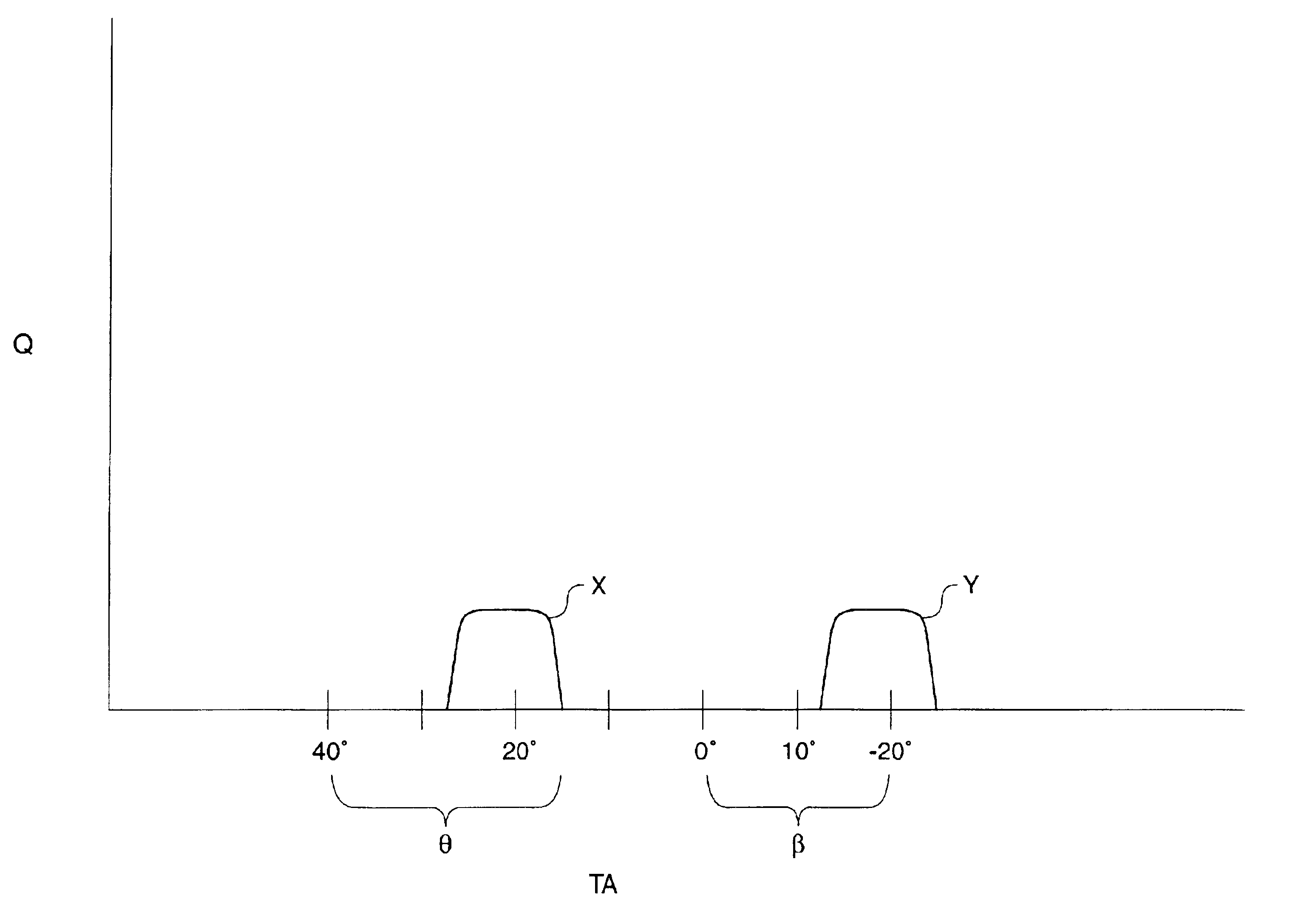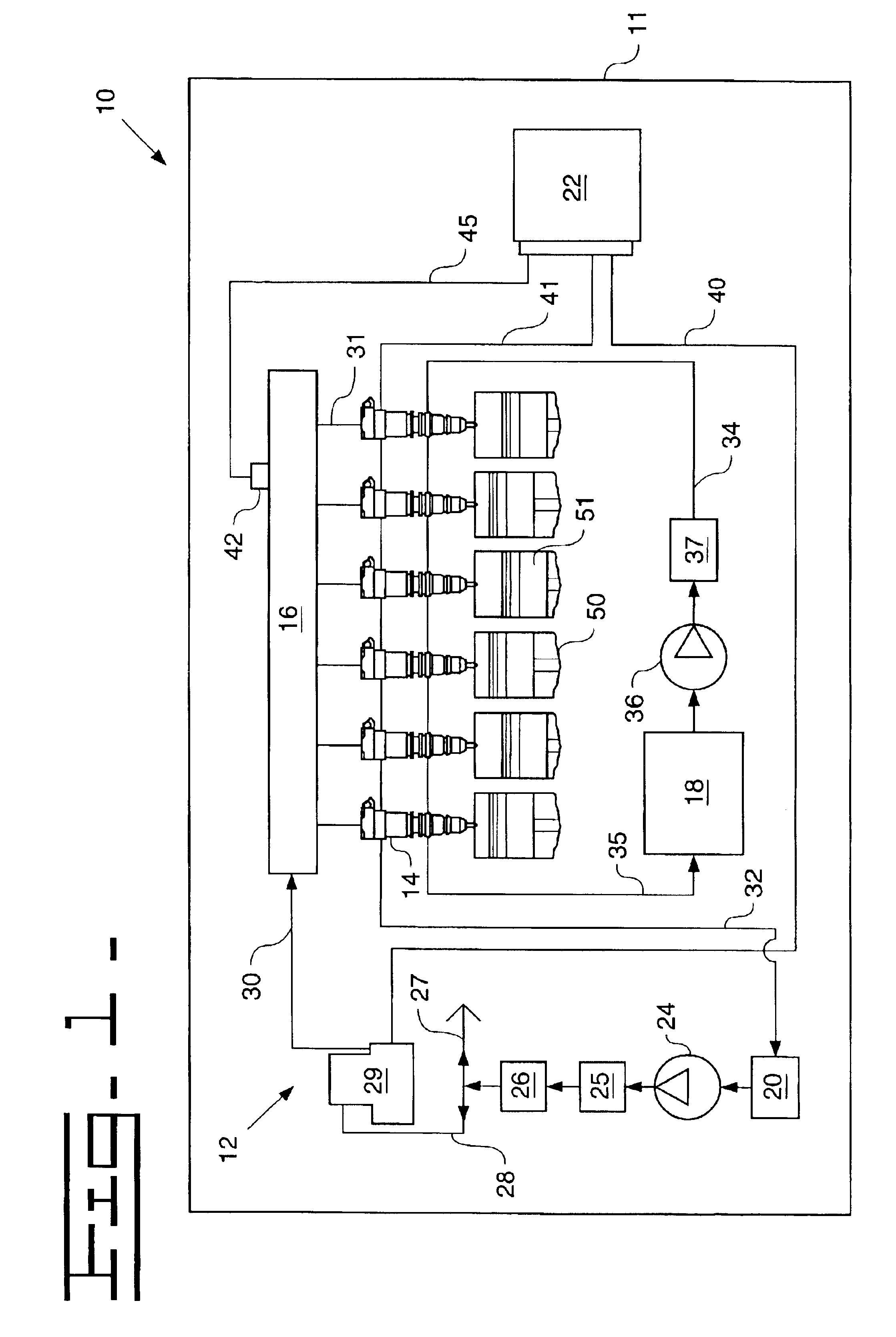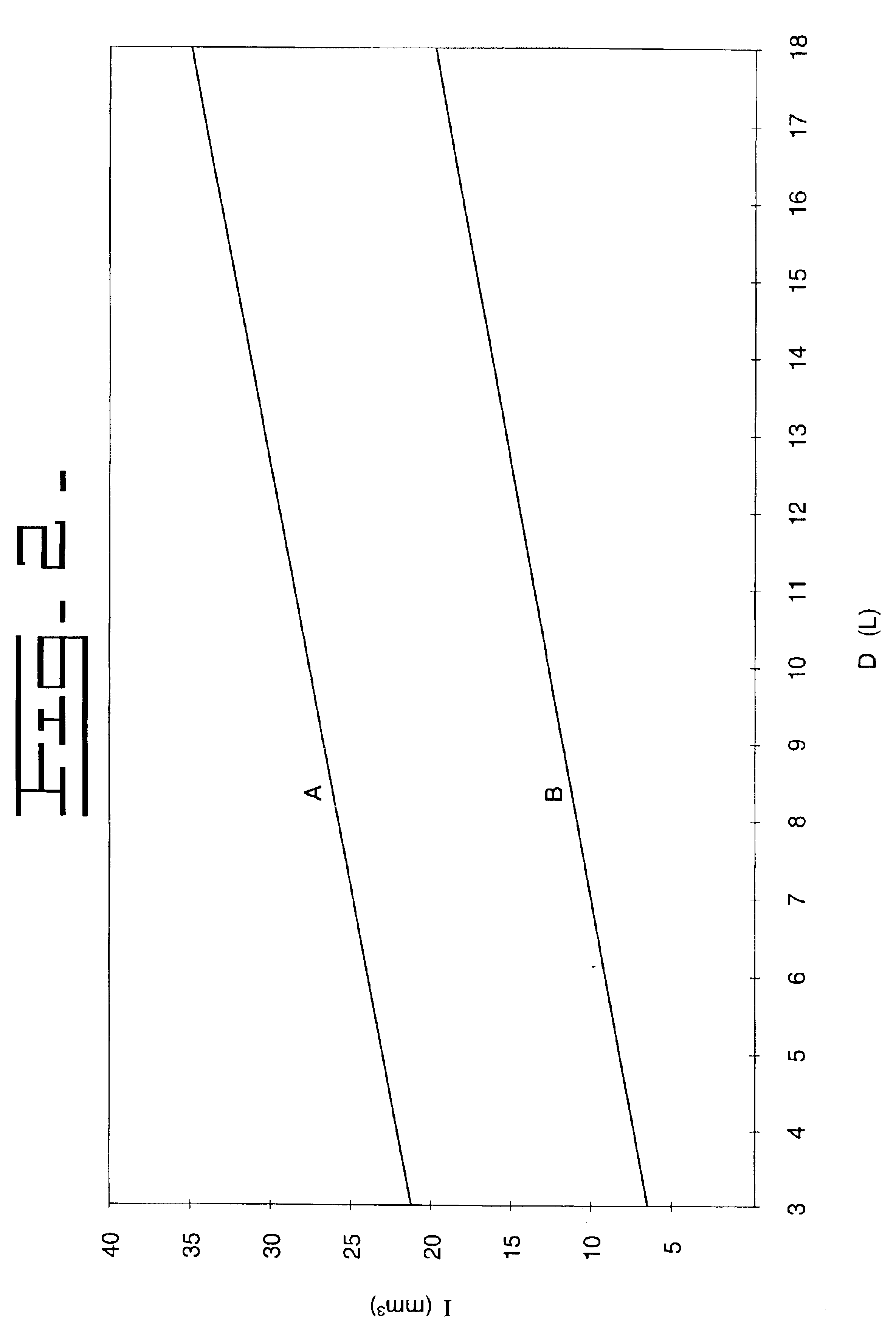Method of utilizing multiple fuel injections to reduce engine emissions at idle
a technology of multiple fuel injection and engine, applied in the direction of machines/engines, mechanical equipment, electric control, etc., can solve the problems of increasing hydrocarbon and particulate emissions, and vice versa, and engineers have difficulty in adjusting timing and quantity, etc., to and reduce nox and smoke emissions
- Summary
- Abstract
- Description
- Claims
- Application Information
AI Technical Summary
Benefits of technology
Problems solved by technology
Method used
Image
Examples
Embodiment Construction
Referring to FIG. 1, there is shown a schematic representation of an engine 10 according to the present invention. A six cylinder diesel engine 10 includes an engine housing 11 and a common rail fuel injection system 12. The system 12 includes an individual fuel injector 14 for each engine cylinder 50, a single common rail 16, an oil sump 20 fluidly connected to the common rail 16, and a fuel tank 18 on a separate fluid circuit. Those skilled in the art will appreciate that in other applications there may be two or more separate common rails, such as a separate rail for each side of a V8 engine. An electronic control module 22 controls the operation of fuel injection system 12. The electronic control module 22 preferably utilizes advanced strategies to improve accuracy and consistency among the fuel injectors 14 as well as pressure control in common rail 16. For instance, the electronic control module 22 might employ electronic trimming strategies individualized to each fuel injecto...
PUM
 Login to View More
Login to View More Abstract
Description
Claims
Application Information
 Login to View More
Login to View More - R&D
- Intellectual Property
- Life Sciences
- Materials
- Tech Scout
- Unparalleled Data Quality
- Higher Quality Content
- 60% Fewer Hallucinations
Browse by: Latest US Patents, China's latest patents, Technical Efficacy Thesaurus, Application Domain, Technology Topic, Popular Technical Reports.
© 2025 PatSnap. All rights reserved.Legal|Privacy policy|Modern Slavery Act Transparency Statement|Sitemap|About US| Contact US: help@patsnap.com



